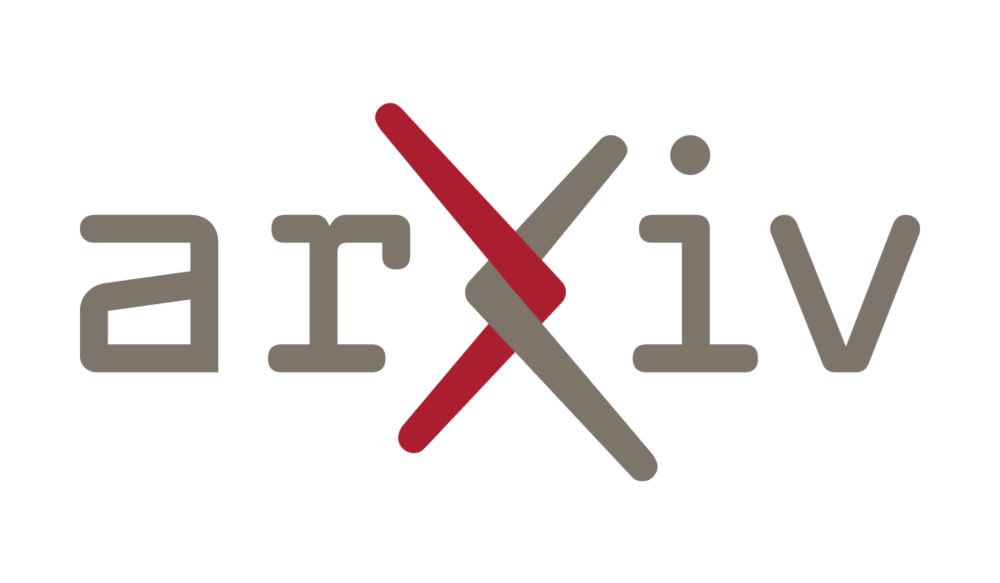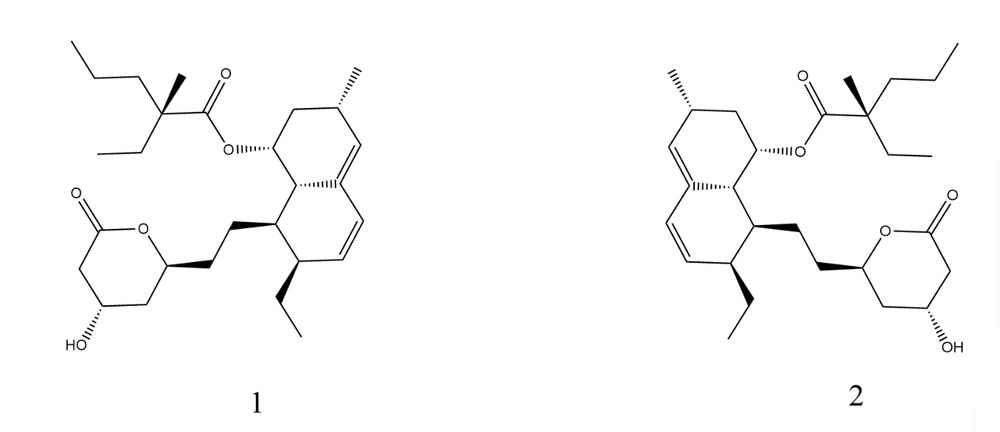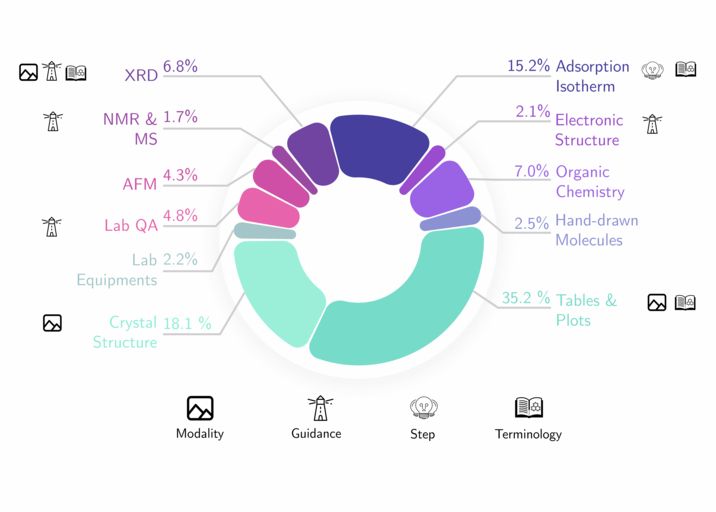Jablonka Lab (Lab for AI for Materials)
@jablonkagroup.bsky.social
29 followers
3 following
20 posts
Team-run account for the group led by @kjablonka.com
Posts
Media
Videos
Starter Packs

















